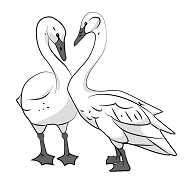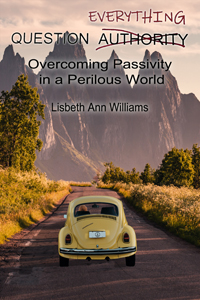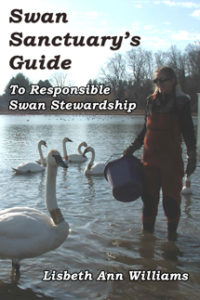Yesterday I talked about the importance of mulch in your garden and around your landscape plantings. The most common mulch is shredded hardwood or pine bark mulch. Not only does it provide all of the benefits that I previously mentioned, but it also adds to the aesthetic appearance. Plants just look better when they are tucked into a bed of fresh mulch, like a picture looks better with a mat and a frame surrounding it, or a window with a curtain and valance. You may have seen trees in public settings with thick donuts of mulch around them. This; however, is the wrong way to mulch. The mulch should be no higher than the base of the tree or it will invite insects and disease that can bore beneath the bark, eventually killing the tree. The mulch should be spread out to the tree’s drip line if there are no other trees or shrubs near it. This will ensure that the tree’s roots are protected. It will conserve moisture so that the roots continue to grow down into the soil and do not rise above the ground level in search of water.
There are other materials that can be used as mulch, such as straw, leaves, compost, shredded paper, or cardboard. Stay away from cedar mulches. They will deplete the nitrogen levels in the soil that is needed by the plants. It is slow to break down (turn into soil) and is even toxic to some plants. Whatever you use for mulch, DO NOT use rubber mulch that is made from used tires! It is highly toxic and leeches heavy metals and other unhealthy substances into the soil. When rain water moves the soil into the waterways, it can even kill fish miles and miles away. One of the selling points for it is that it deters harmful insects, but it also deters the beneficial ones. Since it does not break down, the soil is never replenished and the health of your plants will continually go downhill. When temperatures rise in the summer, the smell of rubber mulch is really awful – like the smell in a tire shop. It is also highly flammable – not a good combination for areas that are already experiencing drought. Once rubber mulch has been put down, it is nearly impossible to remove. In short, rubber mulch is toxic to people, pets, and wildlife, so for the sake of everyone on the planet, do not purchase or use it!
In arid climates it has become a common practice, especially around public buildings, to use rock in the landscape. Rock comes in all colors, shapes, and sizes and it does not need to be regularly replenished like wood mulches. In reality though, rocks and pebbles are usually unsightly. Weeds grow through them and germinate on top of them, and they are generally at some stage of death by Roundup®. Rocked landscapes are often riddled with trash and cigarette butts, adding to what is already an area mostly devoid of anything green or colorful. Rock can absorb a lot of heat during the day, especially when temperatures are already soaring, and those plants that are not tolerant will literally bake in the sun. The rock adds no measurable nutritive value to the soil and if there is foot traffic, the soil beneath it becomes compacted. In most cases, landscape fabric has been placed on the soil beneath the rock, literally suffocating it. I could go on about the evils of landscape fabric, but I will leave the subject here for you to absorb.
We really can all do our part to begin reversing the damage to our planet. Little things, like being a conscious consumer, will make a big difference. We begin by questioning. Then we act upon the wisdom we receive.



